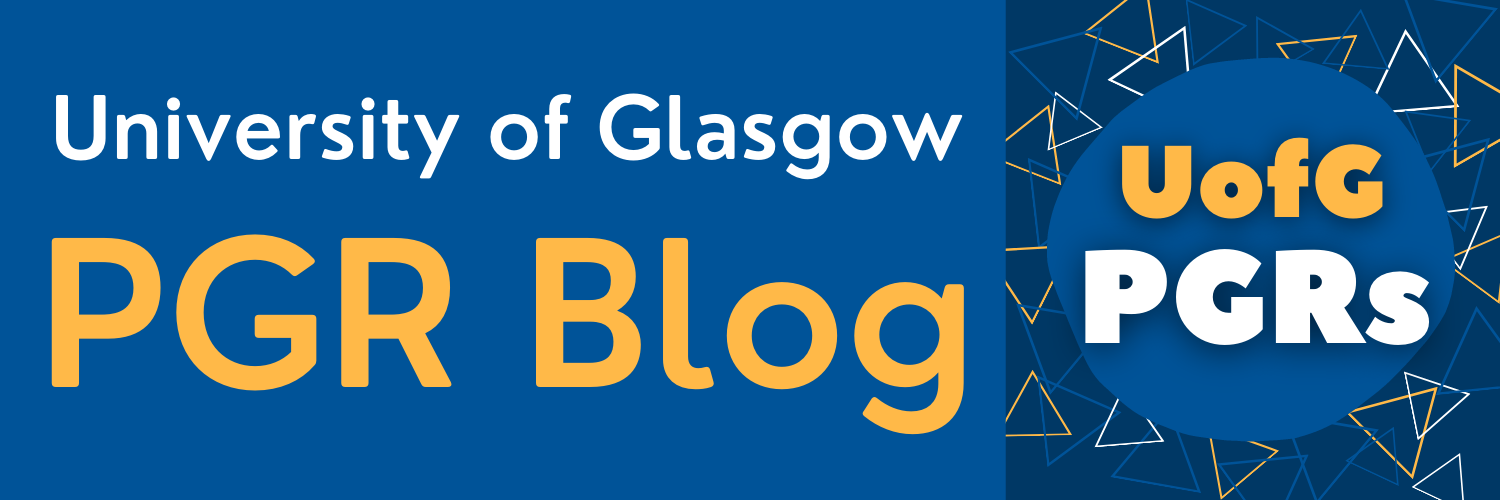The Road to IET Rising Star and Ivy League University Caltech
Daniel Mitchell Ph.D. shares his experience after completed a 5-month project at Caltech University.
When I completed my undergrad, the aim was never to move on to complete a PhD. In fact, when I decided to apply, I seriously felt like I was taking a leap of faith, in an area out with my comfort zone – Robotics... Looking back now, I’ve been named IET Rising Star of the Year, completed a 5-month project at Caltech and most recently successfully defended my thesis as part of my PhD.
Nestled near Los Angeles, Caltech stands as a beacon of cutting-edge research, intellectual brilliance, and relentless innovation. Ranked among the top 10 universities globally, it boasts a rich history that includes hosting esteemed figures like Albert Einstein, who served as a visiting professor in 1931. When someone thinks of Caltech, it's not uncommon for iconic characters like Spencer Reid from "Criminal Minds" or Sheldon from "The Big Bang Theory" to come to mind, underscoring its prominent place in popular culture.
The Autonomous Robotics and Control Laboratory (ARCL) at Caltech is lead by Soon-Jo Chug, Bren Professor of Control and Dynamical Systems and Senior Research Scientist for the NASA Jet Propulsion Laboratory. His lab features robots which his team has literally built from scratch (Leonardo), world leading facilities (Space craft simulator), and world-leading algorithms (Neural Fly) to address different challenges in robotics. Recent projects include collaborations in the DARPA LINC project to help develop new algorithms to improve the functionality and safety of mechanical vehicles.
‘There is not many PhD students in your position who have time within their PhD to do a cool 3-6 month abroad. You should apply to an Ivy League University’ .
This was the advice of my supervisor a year before I would eventually get my flight to California. I am thankful for Prof. David Flynn in encouraging and believing that I had what it took to qualify for such a prestigious university. The following steps took meticulous planning of the proposed project, costs (never underestimate these: flight, accommodation costs, cost of living, health insurance, transport), US visa information, CV, cover letter, applications for support and funding. I am extremely thankful for the support and funding from the Scottish International Educational Trust (SIET), University of Glasgow (Mobility and MacRobertson Awards) and Autonomous Systems and Connectivity Division.
-
I struggled to find an apartment in LA as the cost of living and salaries in LA were even higher than I anticipated. Albeit I could pay 3 month rent in one go if necessary, I did not qualify for most apartment blocks due to my UK salary/stipend. Solution: Private lets are key.
The Project
Originally I pitched a different project to the team at Caltech however, when I arrived in California there was an opportunity to work with a Brain Computer Interface (BCI) which PhD student, Yujin An was working on. The technology utilises motor imagery (using thoughts from your brain) which are sensed from electroencephalogram (EEG) sensor nodes strategically positioned around your head. Picture wearing a rugby scrum hat with small non-contact nodes positioned on it and yes… Elon Musk’s Neural Chip will spring to mind too in terms of a similar concept, however, our approach does not need surgery to position a sensor deep under your scalp. Our approach is safer as we use non-contact, non-invasive EEG sensors with inexpensive electronics and a neural network to decode your brain signals. The aim was to control a quadruped robot where in future the technology could be used for quadriplegics to control their wheelchairs.
Daniel using the Brain Computer Interface pictured top left. Daniel’s thoughts control the quadruped robot where he thinks about hand movements to teleoperate the robot.
The Caltech Culture
The student experience on campus strives for excellence, curiosity and encourages learning. Every week, undergraduate and postgraduate students have the chance to participate in seminars led by current students and esteemed professors from Caltech and other top universities worldwide. The university has a direct focus on academic rigor and research opportunities for students to work with state-of-the-art technology which can include DARPA drones and leading facilities.
IET Rising Star of the Year Award
Before I left to commence my project at Caltech, I found out I had been shortlisted for the award which was an honour in itself being shortlisted amongst the best names in both industry and academia. My research to date has focused on Symbiotic Multi-Robot Fleets where I have had opportunities to lead projects within the ORCA Hub and Symbiotic Autonomous Robotic Ecosystem for Sustainable Environments (SARESE) Research Sprint. Links to my most recent articles can be found below:
Lessons learned: Symbiotic autonomous robot ecosystem for nuclear environments
Symbiotic System of Systems Design for Safe and Resilient Autonomous Robotics in Offshore Wind Farms
IET Excellence and Innovation Awards
Daniel received this year's IET Rising Star Award in recognition of his impact.
““significant positive impact by fostering collaboration among world-changing engineers to solve real-world challenges, breaking down barriers, and encouraging students and researchers to work together in teams” ”
My advice and learnings over my Ph.D.
Consistently uphold your personal due diligence, accountability, and standards, while simultaneously elevating and supporting those in your vicinity.
That’s me !!
Connect with me via LinkedIn but best be prepared to buckle in for the future journey - https://www.linkedin.com/in/daniel-mitchell1/
https://scholar.google.com/citations?user=IgoVdoQAAAAJ&hl=en
Daniel Mitchell is a researcher in robotics making waves in the James Watt School of Engineering. His research focusses on Symbiotic Multi-Robot Fleets (The SMuRFS) where his short term project abroad utilised a brain computer interface which decodes your thoughts using a neural network to control a robot via motor imagery.






